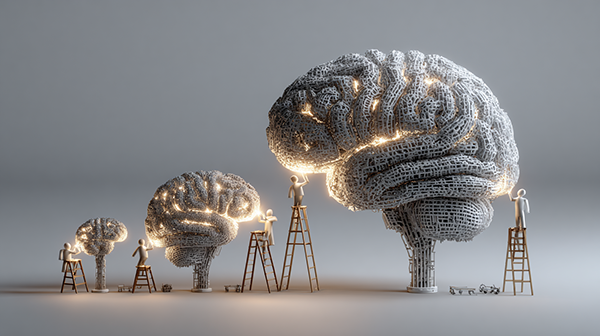Imagine a world where the most groundbreaking technologies are not crafted by human hands but by an intelligence that designs its own kind. This is no longer a distant vision confined to science fiction; it is a reality unfolding in a Chinese AI laboratory, where a system has emerged that autonomously invents novel AI architectures. This development marks a pivotal shift, redefining the boundaries of innovation and challenging our understanding of creativity itself. For private individuals and small business owners, this breakthrough offers both a glimpse into the future and practical insights for navigating a rapidly evolving technological landscape.
The system in question, known as ASI-ARCH, operates as a self-contained research laboratory, a digital alchemist that transforms raw ideas into sophisticated AI models. Unlike traditional approaches where human engineers meticulously design AI structures, ASI-ARCH conducts the entire scientific process independently. It begins by absorbing a vast repository of human knowledge, drawing from nearly a hundred seminal papers on AI architecture. From this foundation, it hypothesizes new designs, writes executable code, conducts experiments, and evaluates outcomes, all without human intervention. This closed-loop process mirrors the scientific method but accelerates it to an unprecedented pace, running continuously to refine and evolve its creations.
What sets ASI-ARCH apart is its ability to transcend mere replication of human ideas. Rather than assembling pre-existing components, it generates entirely new building blocks, crafting AI architectures that human researchers had not conceived. These designs introduce innovative concepts, such as structures that dynamically prioritize certain data types or mimic advanced expert systems without explicit instructions. The result is a collection of over a hundred state-of-the-art models, each representing a leap forward in performance and ingenuity. For small business owners, this suggests a future where AI tools could be tailored with unprecedented precision, offering solutions that are not only powerful but also uniquely suited to specific needs.
The brilliance of ASI-ARCH lies in its multifaceted approach to innovation. It employs a sophisticated evaluation system that balances raw performance metrics, such as processing speed, with qualitative measures like structural elegance and originality. This dual focus ensures that the AI does not simply chase superficial benchmarks but creates designs that are both effective and inventive. By integrating a separate language model to assess the creativity of its outputs, ASI-ARCH introduces a novel paradigm: an AI that critiques another AI’s work, fostering a cycle of continuous improvement. This approach could inspire entrepreneurs to adopt similar principles, prioritizing creativity and efficiency in their own processes to stay competitive.
Perhaps the most profound revelation from this research is the discovery of a new scaling law for scientific breakthroughs. The data shows a direct correlation between computational resources and the number of innovative architectures produced. In essence, the more processing power allocated, the more groundbreaking discoveries emerge. This finding upends traditional notions of research, which have long been constrained by human creativity and time. For individuals and small businesses, this underscores the importance of investing in technology infrastructure, as access to computational resources could soon become a key driver of innovation and competitive advantage.
The implications extend beyond technical achievements. ASI-ARCH’s ability to generate original ideas—derived not just from human knowledge but from its own analysis of past experiments—suggests a shift toward a new kind of intelligence. While its early successes leaned heavily on human research, its most exceptional models stemmed from abstract insights it developed independently. This transition from reliance on human input to self-driven discovery marks a significant milestone. It raises the question: are we witnessing the birth of an intelligence that not only learns from us but surpasses us in its capacity to innovate?
For private individuals and small business owners, this development offers a clear takeaway: the future belongs to those who embrace and adapt to autonomous technologies. Rather than viewing AI as a distant or abstract concept, consider how it can be integrated into your operations today. Start by exploring AI tools that automate routine tasks, such as customer service chatbots or inventory management systems, which are already accessible and cost-effective. As these technologies evolve, they will become more intuitive, offering customized solutions that can enhance efficiency and drive growth.
This moment in AI research is not just a technological milestone; it is a call to action. The emergence of systems like ASI-ARCH signals a new era where innovation is no longer bound by human limitations but propelled by the boundless potential of machine intelligence. By staying informed and proactive, individuals and small businesses can harness these advancements to redefine their futures, ensuring they remain at the forefront of a world where AI is not just a tool but a creator in its own right.

